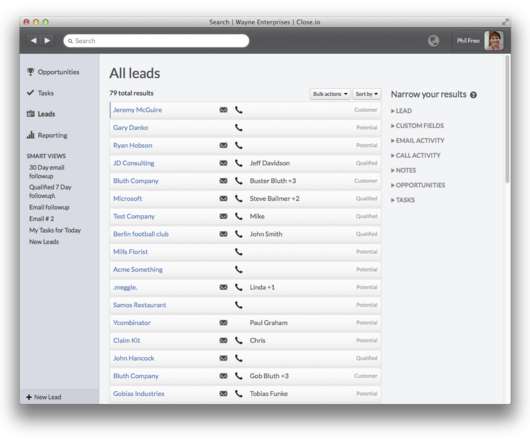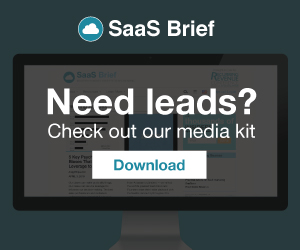How to Combat Inaccurate Data and Faulty Statistics When Making Decisions
Tom Tunguz
FEBRUARY 12, 2014
When presented with figures and numbers and statistics, it’s easy to take the conclusions as fact. Numbers in a spreadsheet carry a finality, a exactitude that belies how inaccurate they can be. In 2005, Stanford professor Johannes Ioannidis turned the world of research and statistics on its head. He published “ Why Most Published Research Findings Are False.














Let's personalize your content